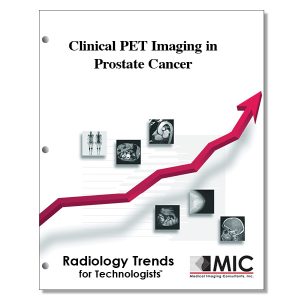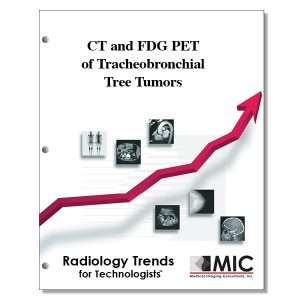-
Radiology Trends for Technologists
Congenital Variants and Anomalies of the Aortic Arch
A review of the cross-sectional imaging modalities used in the evaluation of the aortic arch along with a presentation of aortic arch variants, anomalies, and malformations.
-
Radiology Trends for Technologists
Controversies in Contrast Material-Induced Acute Kidney Injury
An investigation that questions the incidence, severity, and correlation of acute kidney injury caused by intravascular iodinated contrast material.
-
Radiology Trends for Technologists
Coronary Vein Classification with CT
The role of coronary CT angiography is presented in the anatomic classification, assessment of anatomic variants, and pathologic changes in the coronary venous system.
-
Radiology Trends for Technologists
Correlative Imaging of the Tarsometatarsal Joint
The anatomy, injury mechanisms, classification systems, and imaging features of injuries to the tarsometatarsal joint are reviewed.
-
Radiology Trends for Technologists
CT and FDG PET of Tracheobronchial Tree Tumors
A presentation of the many types of tracheobronchial tree tumors and their characteristics, which often differ visually and metabolically on CT and PET.
-
Radiology Trends for Technologists
CT and MR of the Aortic Valve
Imaging techniques and abnormalities of the aortic valve are presented.
-
Radiology Trends for Technologists
CT and MR Urography
A review of the indications and techniques for CT and MR urography and how these modalities have been replacing the traditional intravenous urography exam.
CT
© Copyright MIC 2025. All Rights Reserved. | web design












